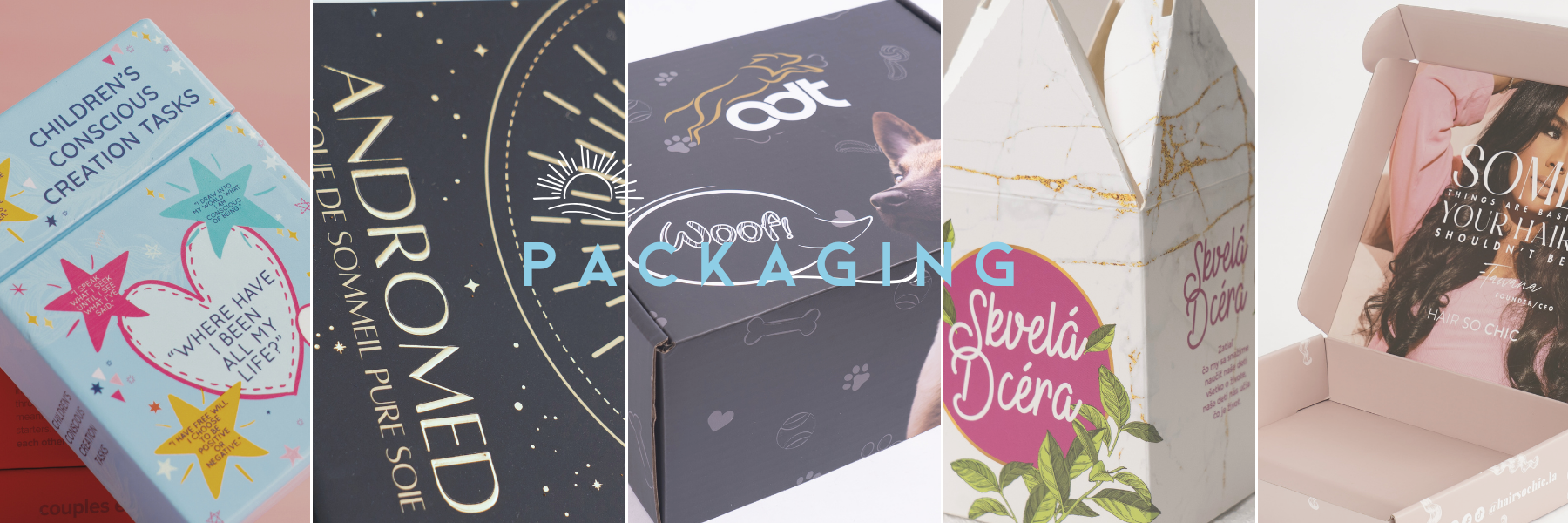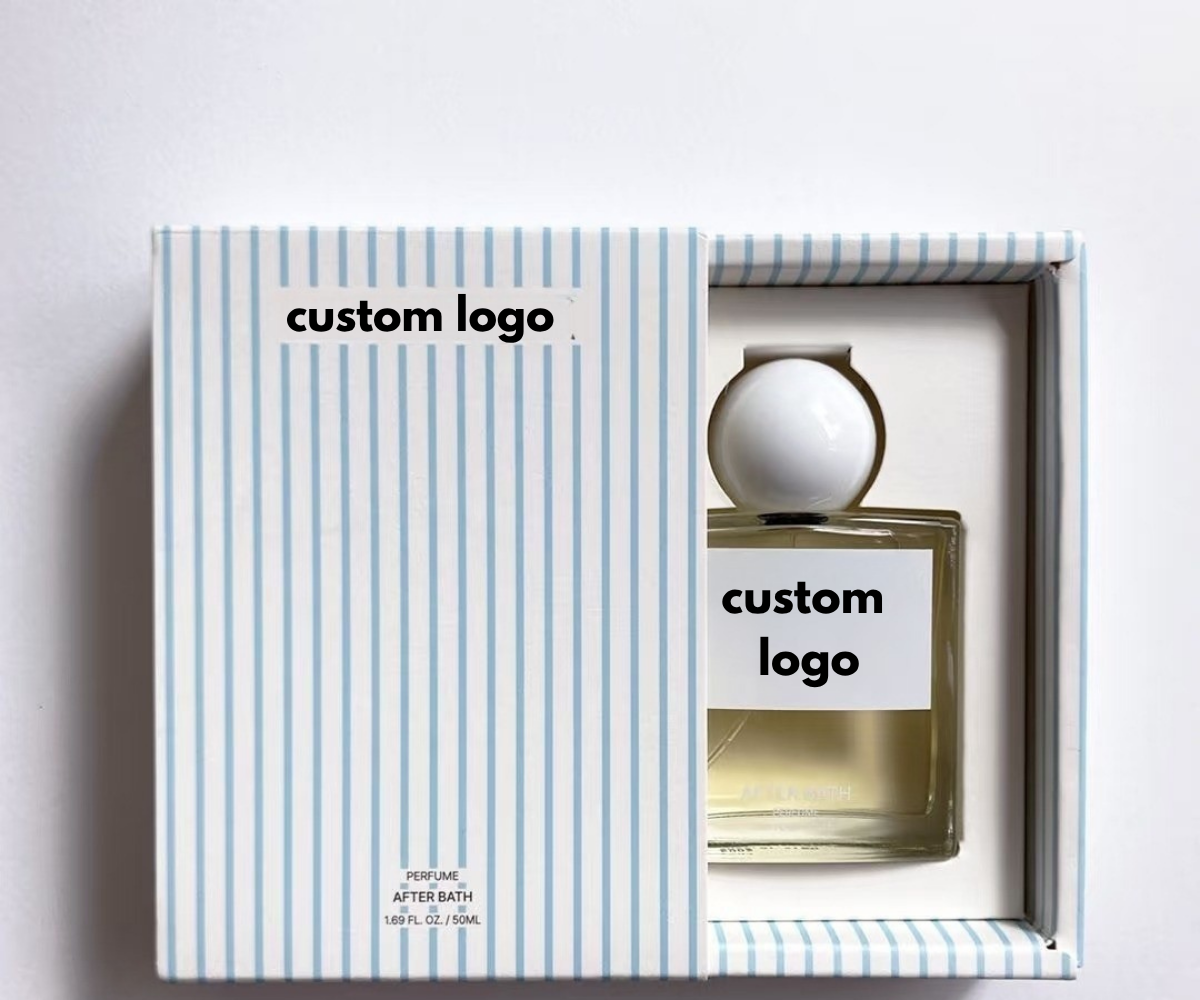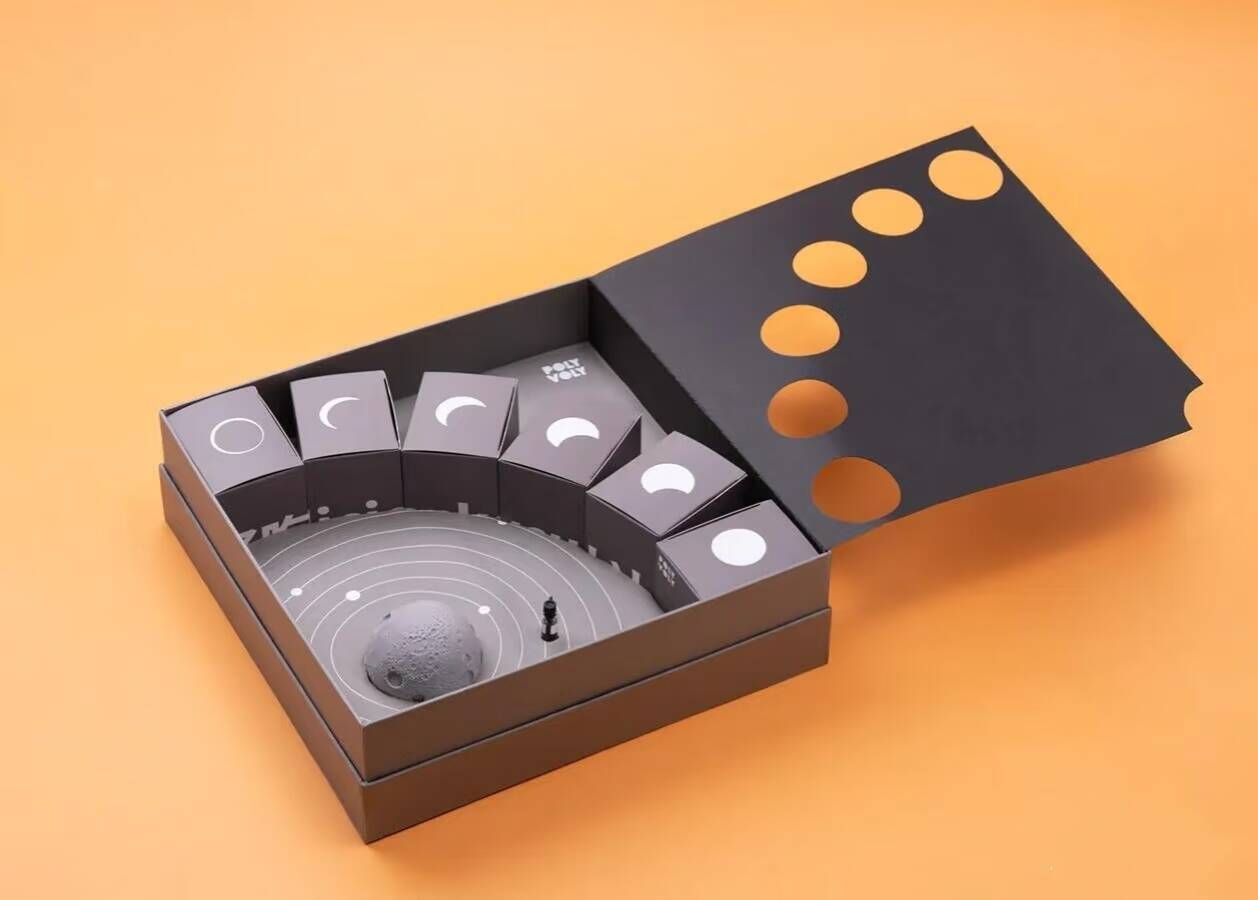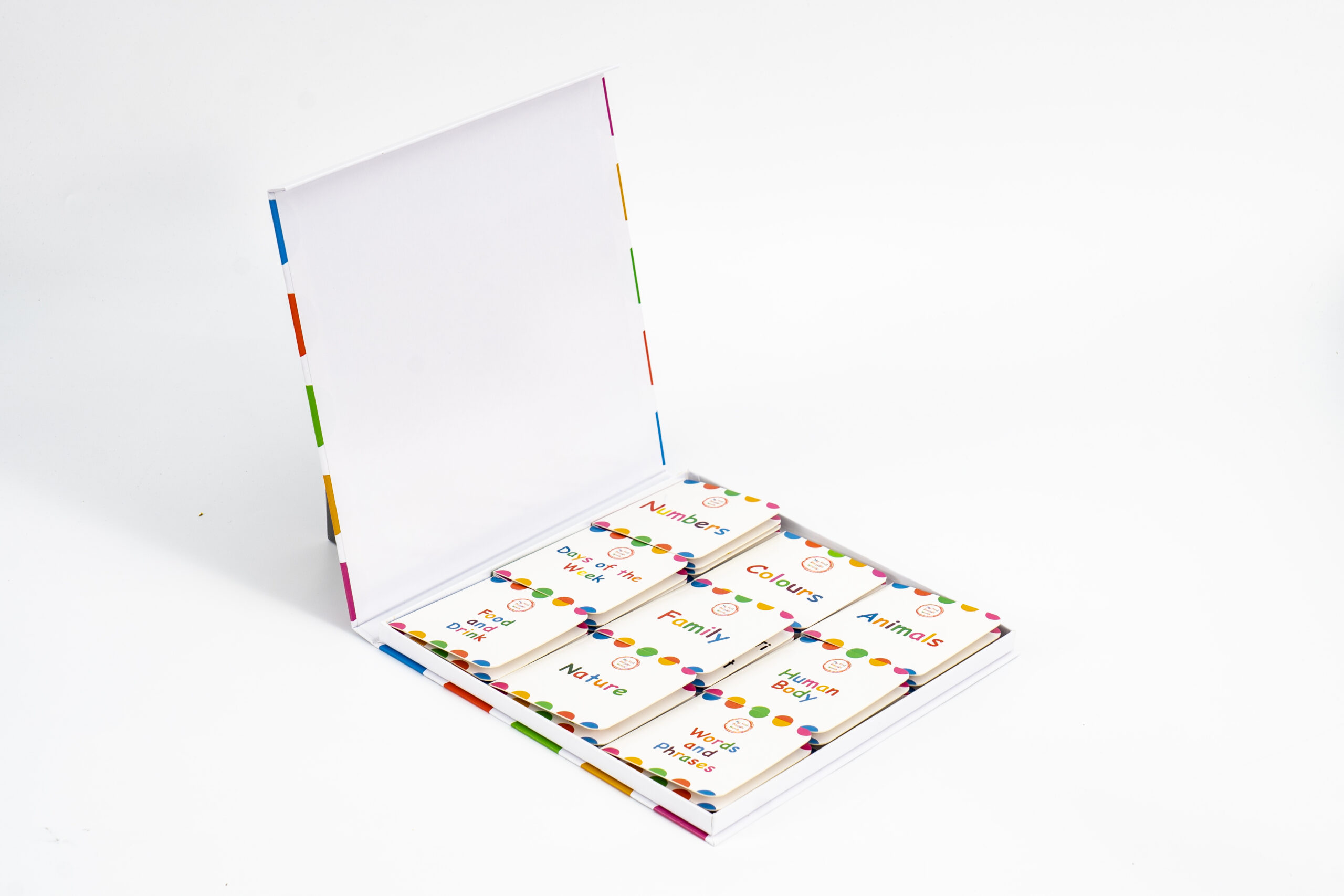Interactive packaging is an important trend in the development of packaging design during 2025. It uses technology and creative design to turn static packaging into a dynamic, participatory communication medium and experience platform. It is not just a box for things, but also a touchpoint that connects brands and consumers, creates value, delivers information and brings fun. With the advancement of technology and the improvement of consumers’ demand for experience, the forms and applications of interactive packaging will become more and more abundant and popular.
What is interactive packaging?
A new type of dynamic packaging that actively invites consumer participation and interaction through the integration of technology, design elements, or special materials, enabling a secondary engagement between the brand and the consumer
What are examples of active packaging?
1.Packaging of AR

To promote the release of Avatar, Coca-Cola launched a limited-edition Coca-Cola Zero with interactive packaging. By scanning the on-pack QR code, consumers could access an AR experience that transported them to the world of Pandora. This campaign blended entertainment, technology, and branding—turning a simple soda can into a portal for immersive storytelling and enhancing consumer engagement.
2.Packaging into Toy
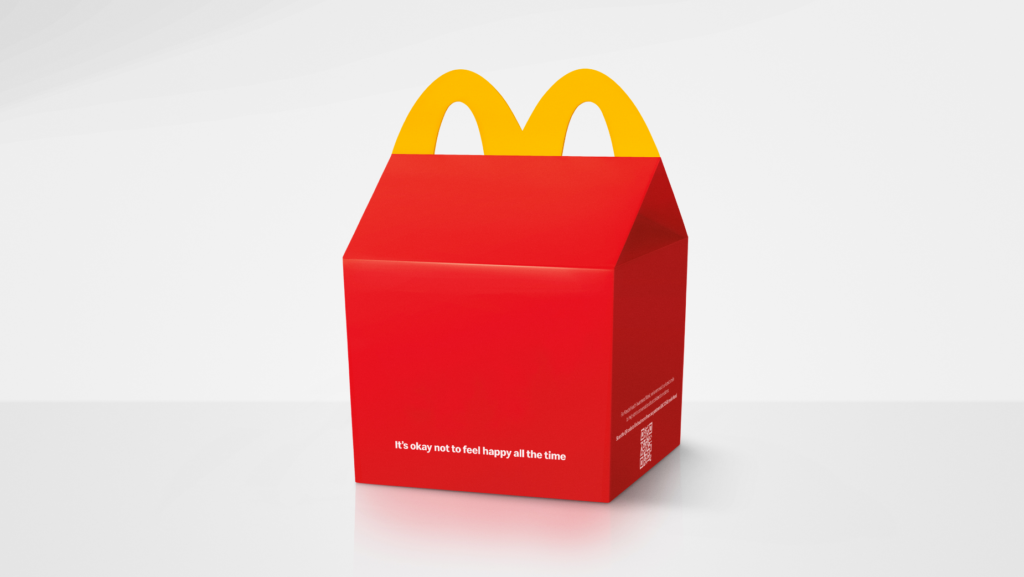
McDonald’s introduced eco-friendly packaging that transforms into simple toys after use. By folding, tearing, or assembling parts of the paper box—like burger or fries containers—kids can create animals, puzzles, or mini figures. This clever design turns traditional waste into a playful, value-added experience, promoting sustainability while enhancing brand interaction and family engagement.
3.Packaging into Seed
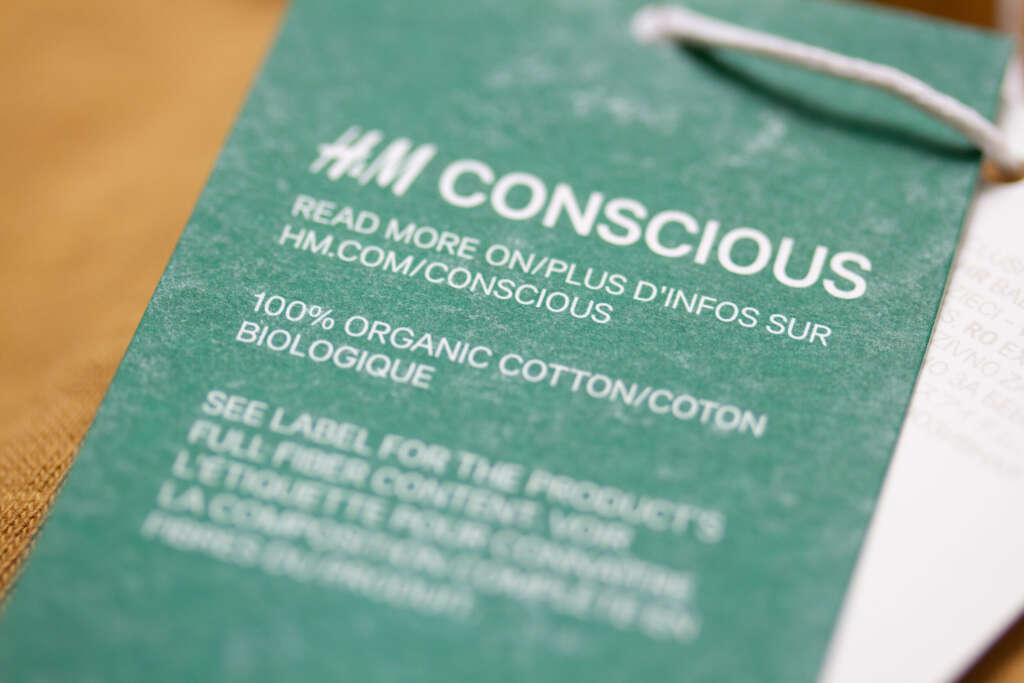
H&M has introduced innovative tag designs for select garments that can be torn off and reused—functioning as bookmarks, mini cards, or even plantable seed tags. These tags go beyond standard labeling by delivering sustainability messages and material origin information through clean visuals or QR codes. This thoughtful design enhances consumer engagement while promoting eco-conscious practices, making the packaging both informative and functionally valuable.
What are the benefits of interactive packaging?
These cases demonstrate the huge potential of paper packaging in terms of sustainability, entertainment and technology. Truly successful interactive packaging is not just “good-looking” or “novel”, but integrates user experience, brand concept and environmental protection practice.
In the future, packaging will not only be a shell to protect the product, but also a communication language, a media behavior, and even a way of participation.What does interactive packaging bring?
1.Enhance food experience with fun, and strengthen brand interactivity.
2.Emphasize the concept of sustainability and reinforce the functionality of eco-friendly packaging.
3.Attract people through DIY interaction and increase the rate of secondary use.
4.Enhance the brand’s sense of technology and collectible value.
5. Add fun to social scenarios and improve the reusability of packaging.
How to make an interesting interactive packaging?
If you’re considering adding interactive packaging to your brand design, why not start with these key approaches:
Leverage social platforms to promote interactive packaging and DIY engagement
By showcasing interactive packaging and DIY activities on social media, brands can encourage users to share their experiences and amplify awareness. This unique hands-on interaction enhances brand recognition and helps products stand out in a crowded market, leaving a memorable impression on consumers.
Tailor packaging for different demographics to enhance engagement
Customized packaging based on target audiences—by age, interests, or lifestyle—transforms consumers from passive receivers into active participants. This not only adds fun and satisfaction to the shopping experience but also increases the perceived value and collectibility of the product.
Tell your brand story and break the limits of physical packaging
Packaging is more than just a container—it’s a storytelling tool. Use it to communicate detailed product information, brand philosophy, usage instructions, or sustainability narratives, turning each box into a rich source of content that connects with consumers beyond the shelf.
Build customer loyalty through emotional and environmental value
An enjoyable interactive experience helps create emotional bonds between customers and the brand. Furthermore, encouraging secondary uses—such as turning packaging into a cat house, photo frame, desk organizer, or tissue box—reinforces your commitment to sustainability and leaves a positive impression.
Enhance authenticity and traceability with smart technology
Incorporating QR codes, NFC tags, or AR elements allows consumers to verify authenticity and trace product origins with ease. This is especially important for collectible card products, where uniqueness and anti-counterfeiting measures are key to maintaining value and trust.
Incorporate education and entertainment into the packaging experience
Gamified, educational packaging is especially effective for children’s products—offering learning through play. For adult consumers, packaging can also deliver informative or entertaining content. Since education is a top concern for parents, packaging that encourages children to learn naturally during interaction is likely to be warmly welcomed.
The growing trend of adultification among young people highlights their increasingly influential role in contemporary society. This cultural shift has spurred a distinct preference for interest-driven consumption, where the emotional resonance and perceived value of a product often outweigh its functional utility. Today’s consumers are not merely purchasing goods—they are investing in experiences, stories, and identities that align with their passions. The meteoric rise of brands like Pop Mart exemplifies this evolution, demonstrating how packaging is evolving toward personalized, interactive designs that offer accessible engagement and deepen emotional connections.
Under this influence, brands may rethink engagement strategies and reimprove the productions of this respect: How might we design meaningful interactions that transform passive consumers into active participants—not merely through novelty, but by embedding narrative depth and co-creation opportunities into every tactile and visual dimension of the product experience? Our factory has specialized in packaging for about 27 years. If you have some ideas, let’s embrace the change!

